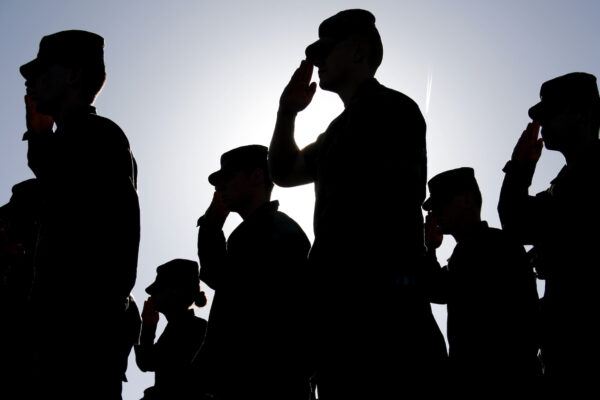Report Looks at Who Defaults on Student Loans and Why
Title: Casualties of College Debt: What Data Show and Experts Say About Who Defaults and Why
Source: The Institute for College Access & Success
A new report released by The Institute for College Access & Success (TICAS) discusses overall student loan delinquency and default rates, and which students are more likely to struggle with loan repayment.
In particular, low-income and Black students, as well as students earning four-year degrees at for-profit colleges, are more likely to borrow, borrow more, and default on their loans. Older borrowers and part-time students are also more likely to default, although their debt is often smaller.
The report includes expert perspectives into why some students struggle with loan repayment and recommendations to improve the repayment process.
Click here to read the full report.
—Ben Schaap
If you have any questions or comments about this blog post, please contact us.


